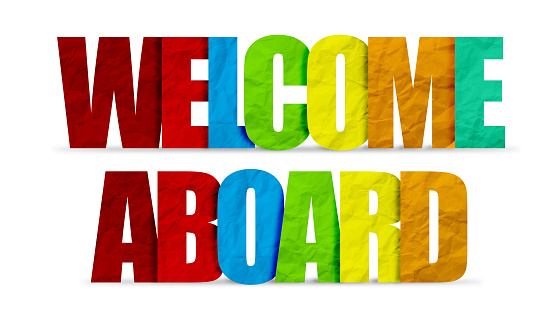A well-conceived, thorough onboarding process is crucial in today’s competitive, candidate-driven market. It is much more than the completion of an I-9 or W-4, or the issuance of a laptop or office keycard, it’s a multi-step process which, if done right, will make you an employer of choice.
I have broken down the onboarding process into four stages.
Stage 1: Pre-first day on Job
The first stage of onboarding starts after the acceptance of the job offer. This is an important time for candidates because of their normal anxiety over what lies ahead. Communication at this stage is crucial as candidates who don’t feel things are moving along smoothly have been known to walk away before even starting their new job. Don’t make a candidate doubt their decision to join your company. When managed properly, candidates will begin to feel excited about joining your company.
Stage 2: Welcoming new hires
The second phase of onboarding is often dedicated to welcoming new hires to your organization, having them complete new hire paperwork and providing an orientation to help new hires acclimate.
For some companies, the list of new hire paperwork can be quite extensive.
Marzano Human Resources Consulting has compiled a NEW HIRE PAPERWORK CHECKLIST that businesses should find useful. To get your copy at no charge, please complete our contact form. (We promise to not solicit you should you request the form)
During stage 2, provide the new hire with a clear picture of your organization and help them understand your organizational culture and corporate values. Additionally, provide them with your Employee Handbook and discuss certain policies such as time off, attendance, medical insurance, and payroll.
Keep the first day light, introducing the new hire to their teammates and other stakeholders. Consider touch points throughout the new hire’s first two weeks to talk with them and make sure they are adjusting well.
Stage 3: Training
One of the most critical elements of a successful onboarding process is providing new hires with the training they need to thrive in their jobs. Without needed guidance and more formalized training, your employees will begin to feel dissatisfied and may leave. It is not uncommon for new hires to leave an organization after only a short time on the job and it is typically due to what they believe is a lack of focus on their development.
Stage 4: The transition to new job
In this stage, encourage your managers to explain what is expected from each new team member. Have weekly meetings with new hires to discuss their efforts, answer any questions, and ensure that they are not developing any work habits which might hinder their growth and success. Hold off on any formal goal setting until about 90 days after hire, at which time you should use the SMART goal model.
In Closing
A carefully managed onboarding process is essential in helping new hires adapt to your organizational culture and values, as well as understanding job expectations. If handled poorly, you are looking at high turnover and the high costs associated with trying to hire someone new.

